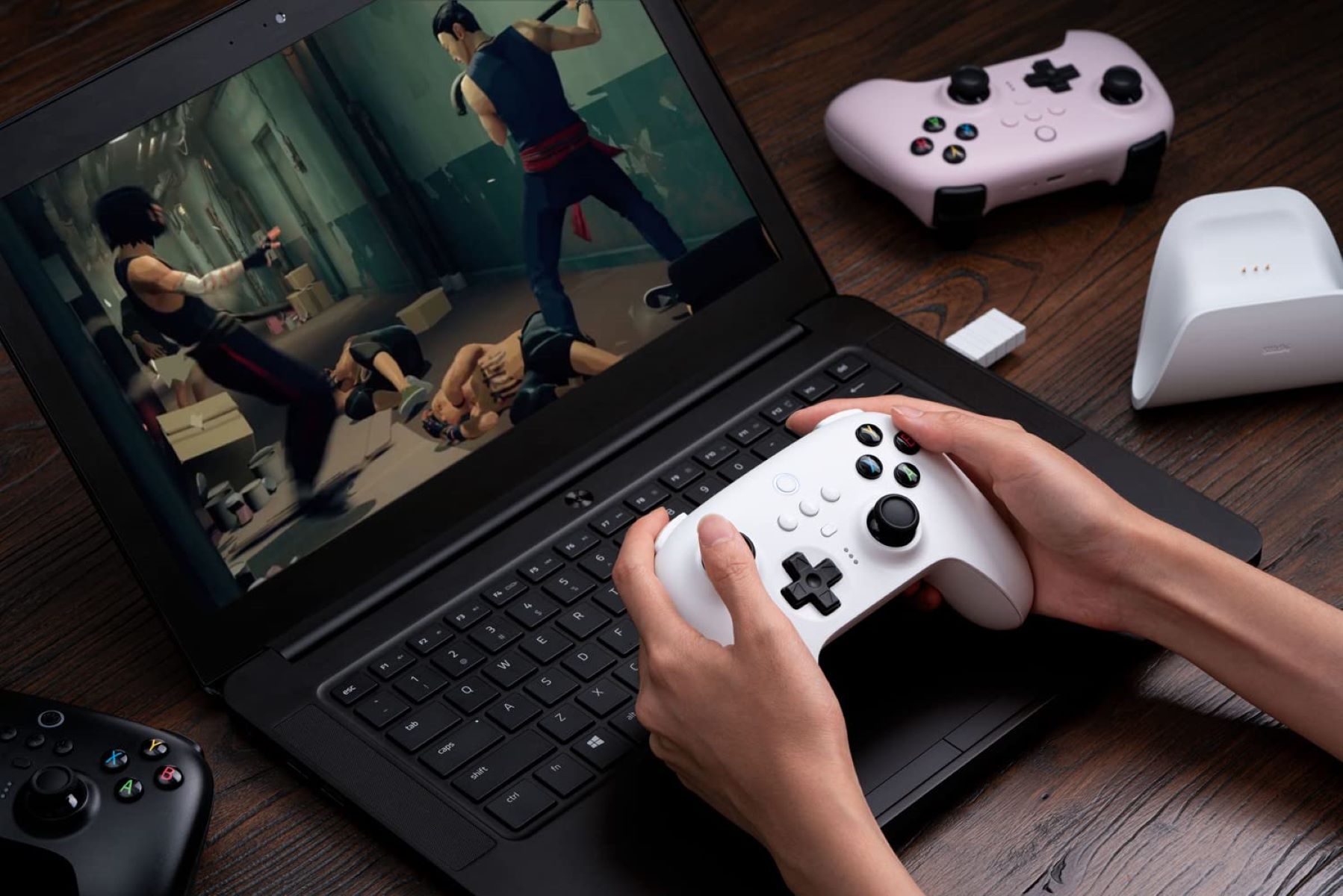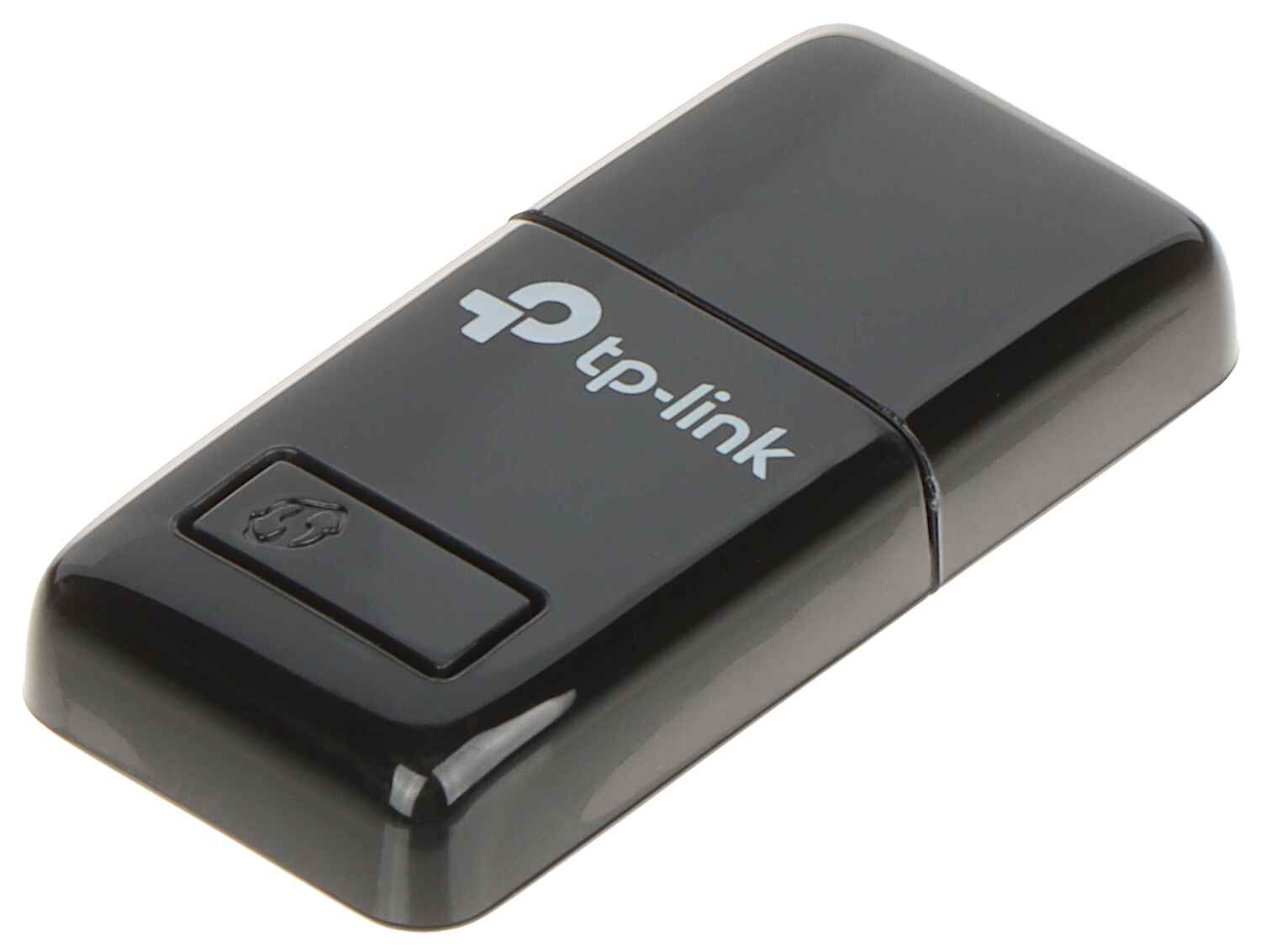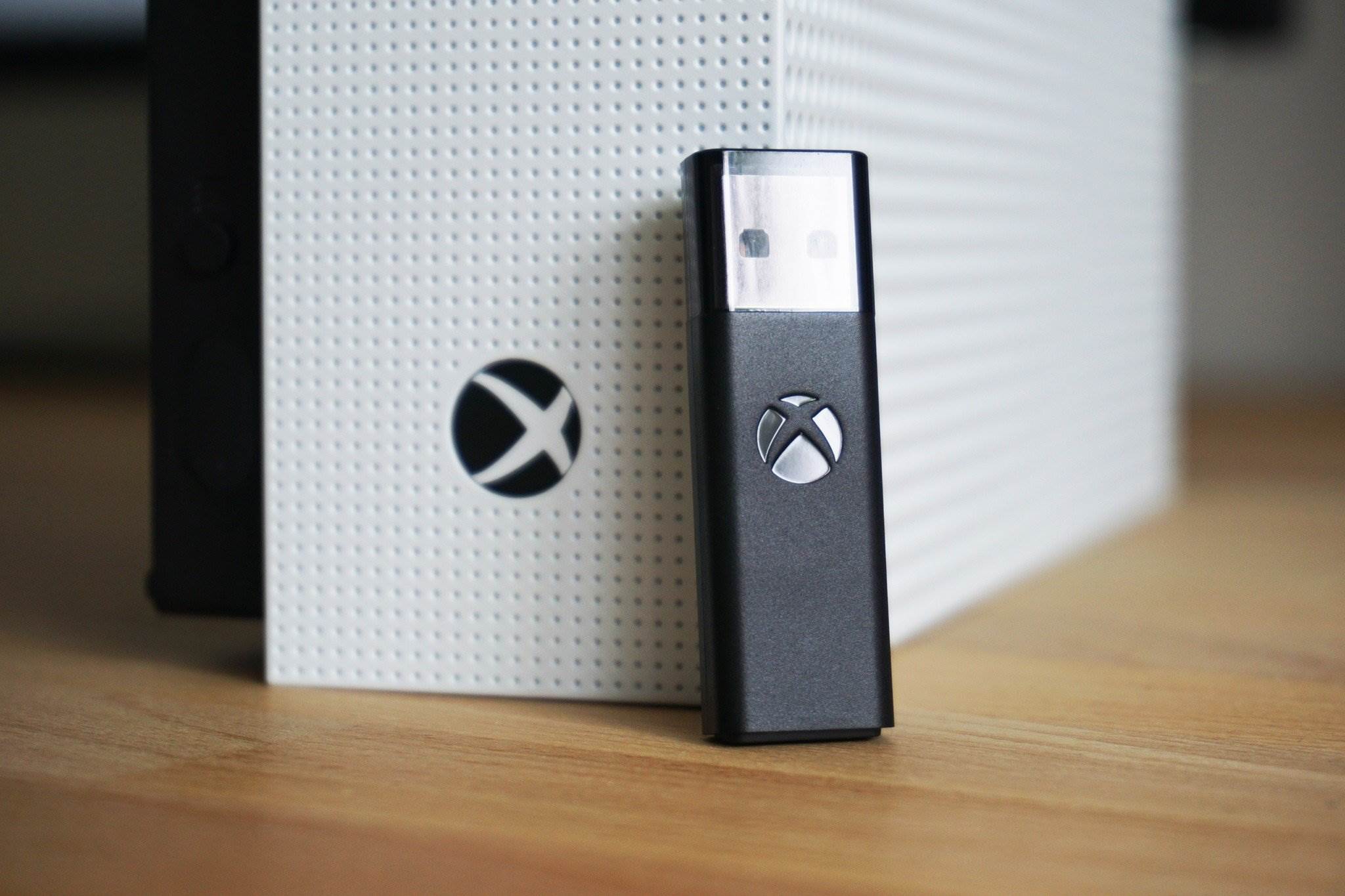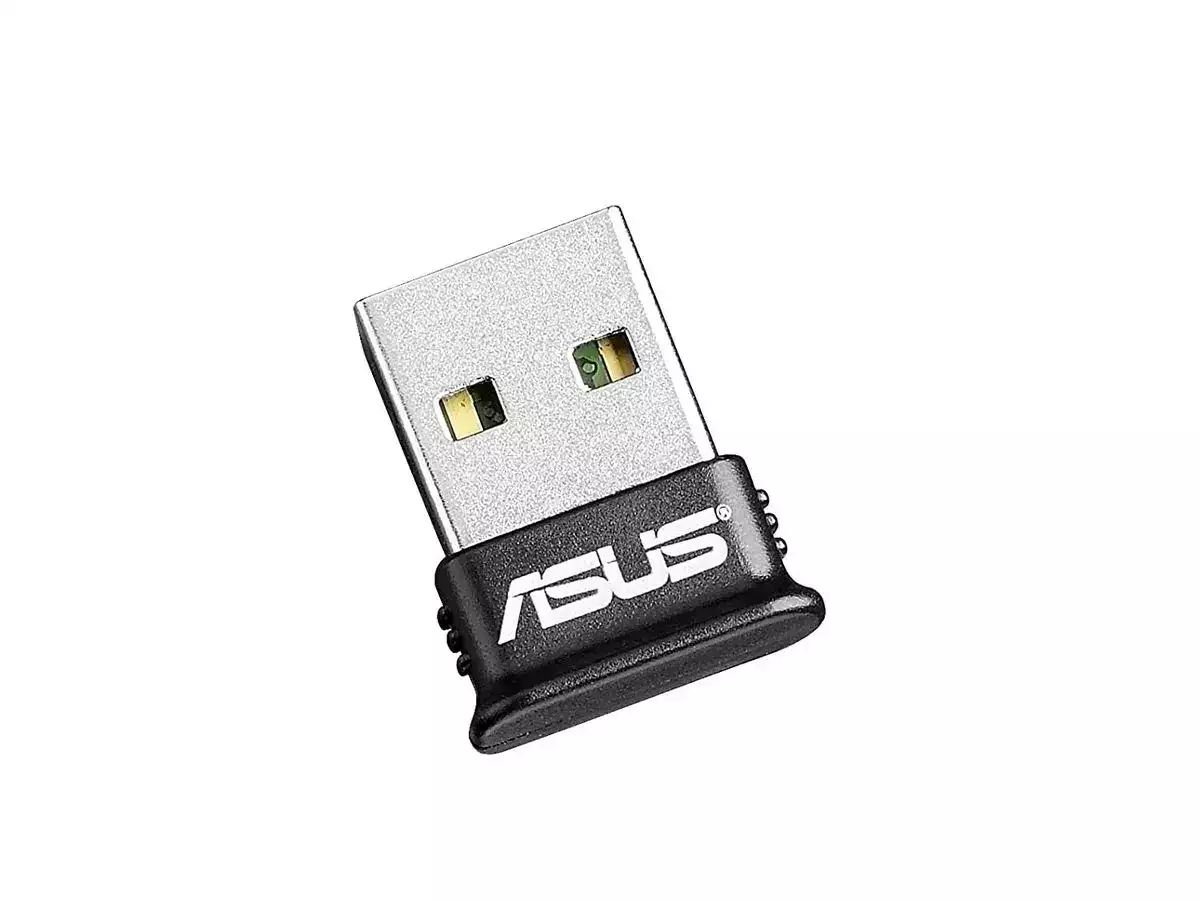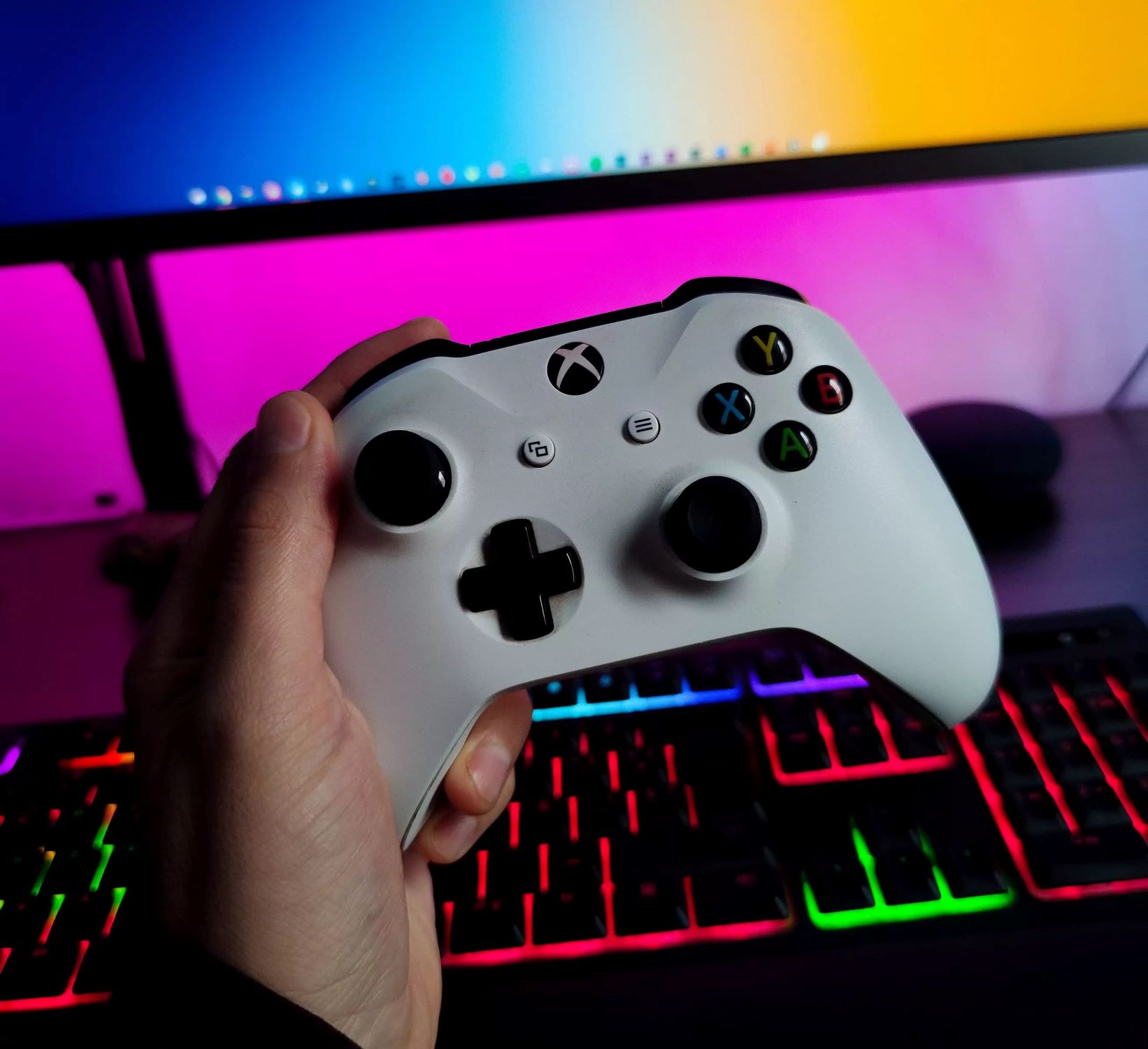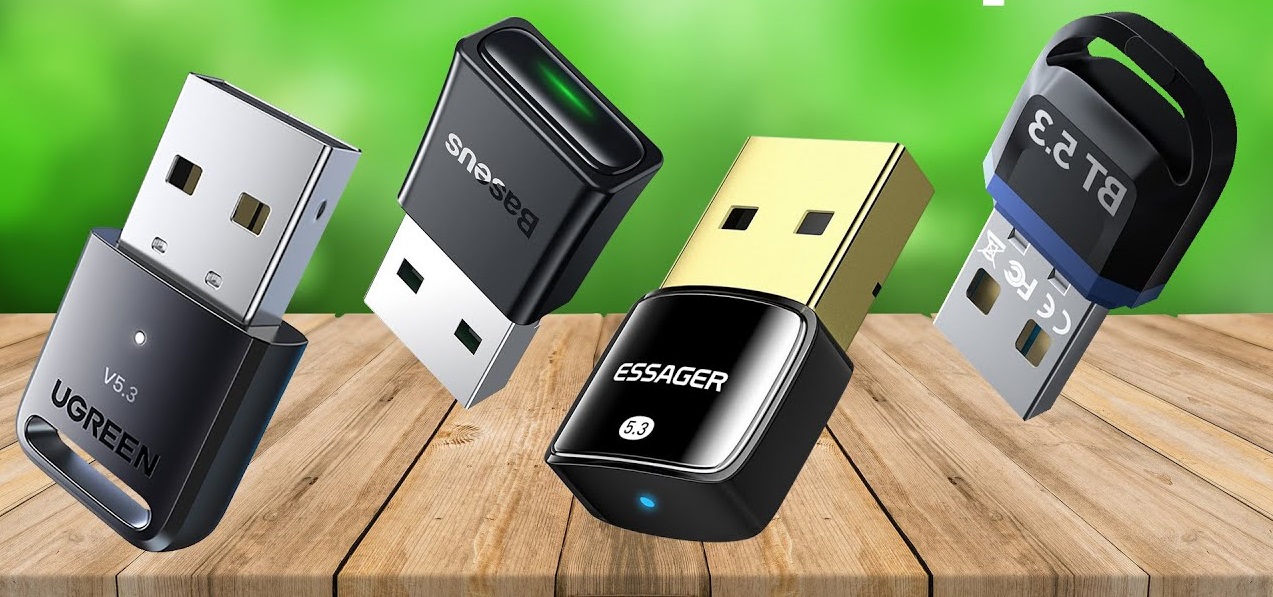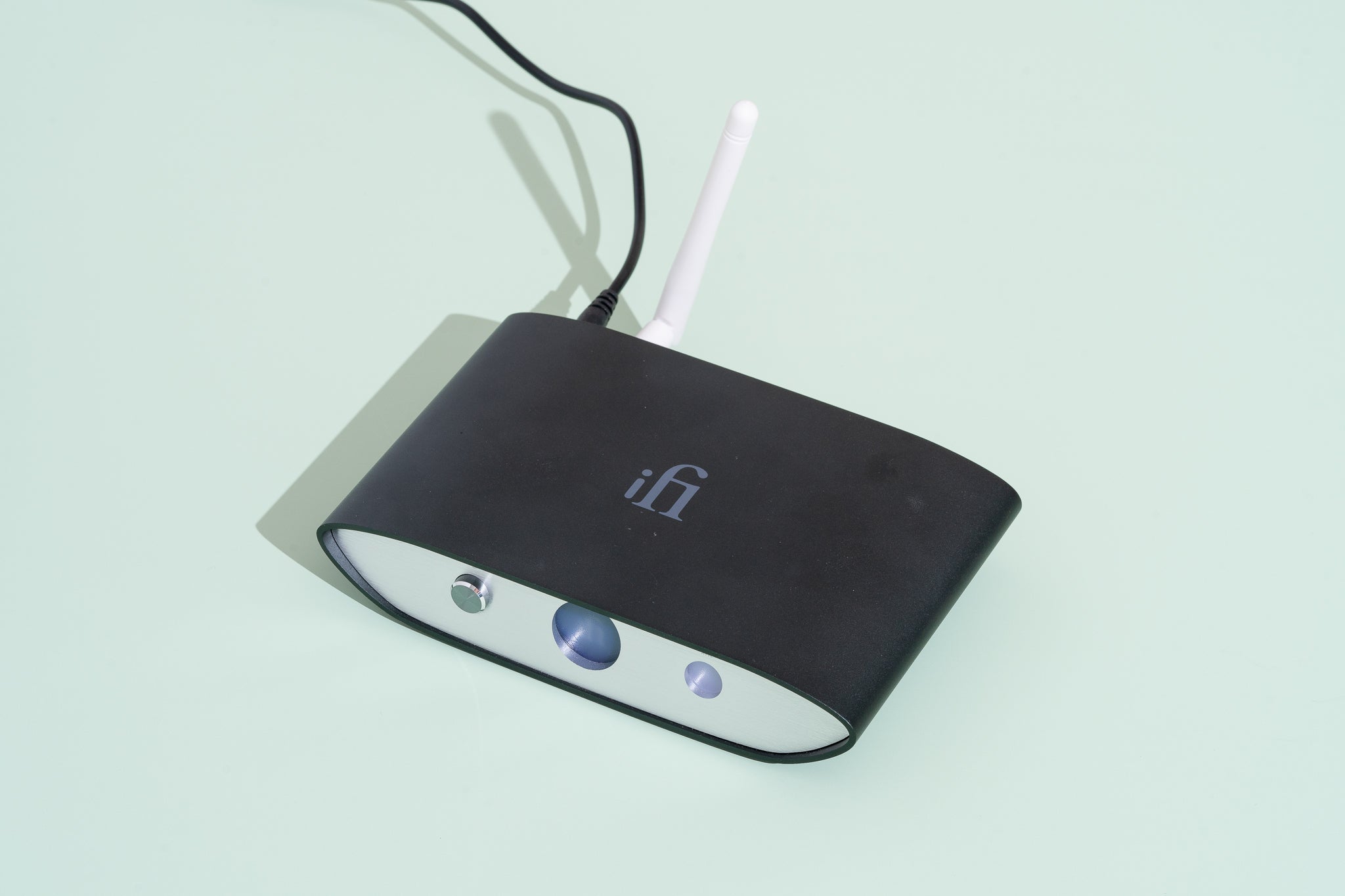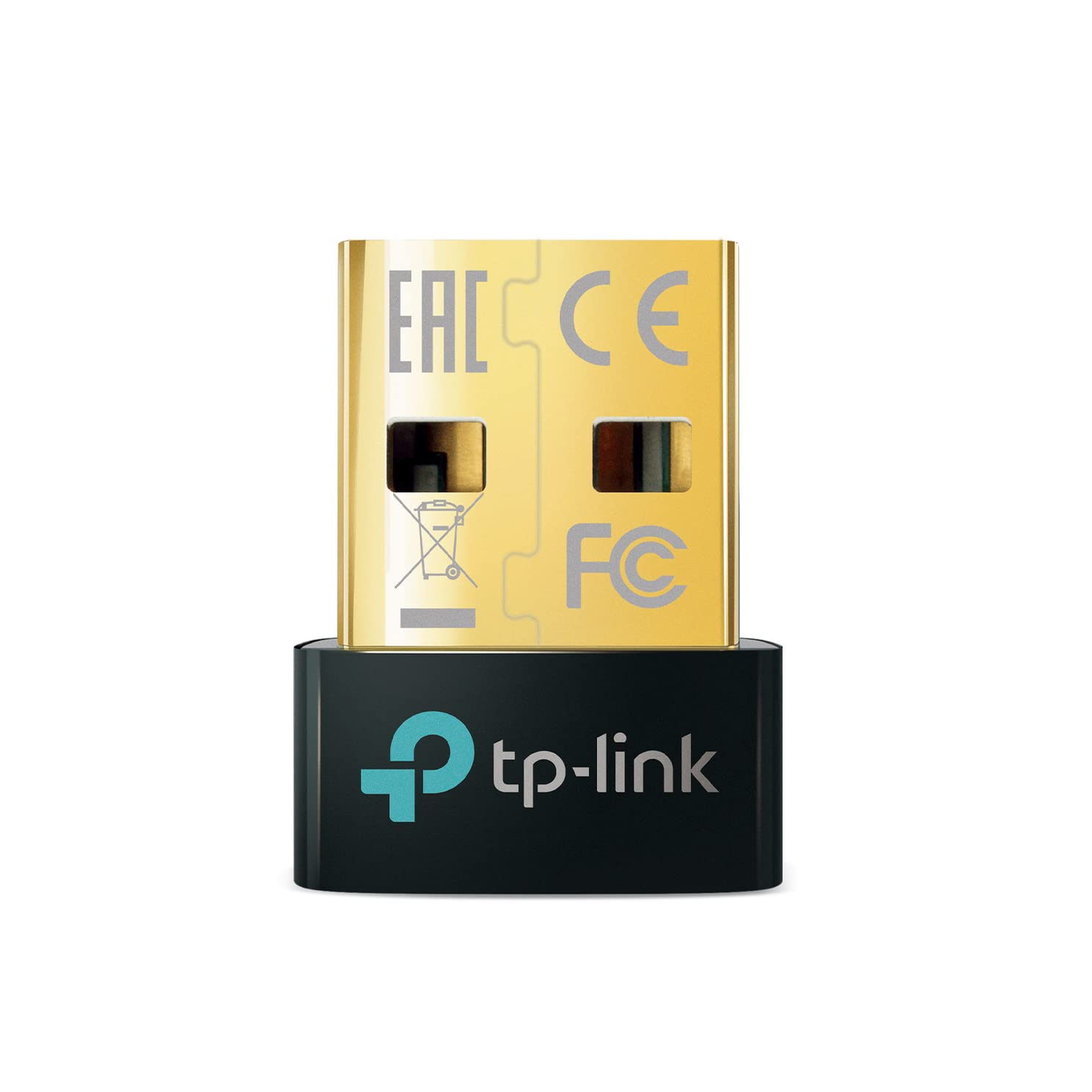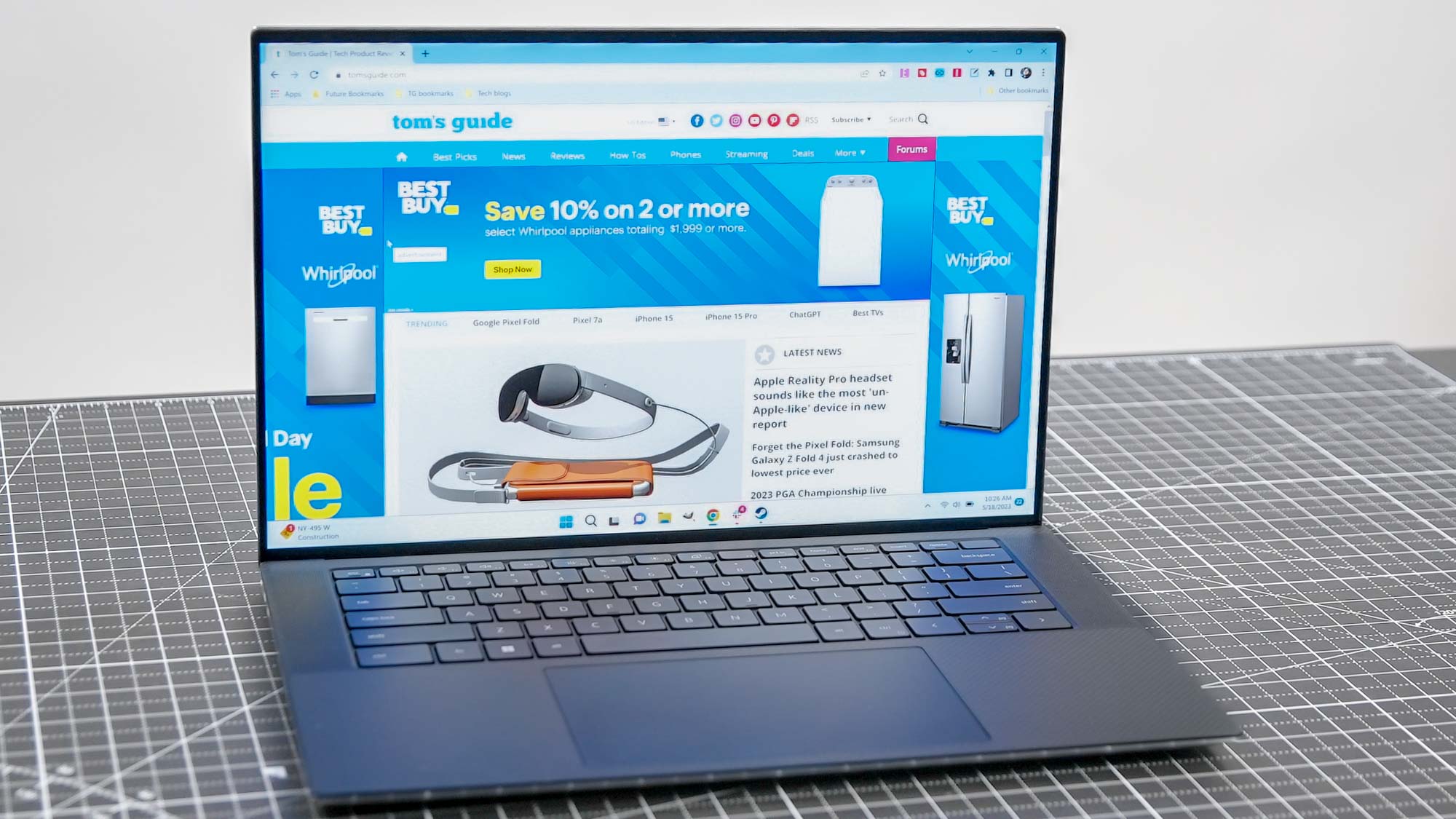Introduction
Are you ready to elevate your gaming experience on your Windows 10 PC by installing a USB game controller? Whether you're an avid gamer or just looking to explore the world of gaming, integrating a USB game controller can significantly enhance your gameplay. With the right guidance, the process of setting up a USB game controller on your Windows 10 system can be straightforward and rewarding.
In this comprehensive guide, we'll walk you through each step, ensuring that you can seamlessly connect and configure your USB game controller. From connecting the controller to your PC to calibrating it for optimal performance, we've got you covered. By the end of this tutorial, you'll be equipped with the knowledge and skills to unleash the full potential of your USB game controller, immersing yourself in the captivating world of gaming.
Let's dive into the step-by-step process of installing and setting up your USB game controller on your Windows 10 PC. Whether you're a casual gamer or a dedicated enthusiast, this guide will equip you with the tools to enhance your gaming experience and unlock new levels of enjoyment. So, grab your USB game controller and let's embark on this exciting journey together.
Step 1: Connect the USB Game Controller to Your Windows 10 PC
Before delving into the technical aspects of setting up your USB game controller, the initial step is to physically connect the controller to your Windows 10 PC. To do this, simply insert the USB connector of the game controller into an available USB port on your computer. This straightforward process establishes the physical connection required for the controller to communicate with your PC.
Upon successfully plugging in the USB game controller, your Windows 10 system should automatically recognize the new hardware and begin the installation process. You might notice a notification indicating that the device is being set up or that the necessary drivers are being installed. This seamless integration process is a testament to the plug-and-play nature of many USB game controllers, making the initial connection hassle-free for users.
It’s important to ensure that the USB port you’re using is functional and capable of recognizing external devices. If you encounter any issues with the controller not being detected, try connecting it to a different USB port to rule out any potential port-specific issues. Once the controller is successfully connected, you’re ready to move on to the next step in the installation process.
Step 2: Check for Windows Updates
Ensuring that your Windows 10 operating system is up to date is crucial for the seamless integration of your USB game controller. Windows updates often include essential driver updates and system enhancements that can optimize the performance and compatibility of external devices, including game controllers. Here’s how you can check for and install any pending updates:
- Begin by clicking on the Start button in the bottom-left corner of your screen and selecting Settings (the gear icon).
- In the Settings window, select Update & Security.
- Within the Update & Security section, click on Windows Update in the left-hand menu.
- Click on Check for updates. Windows 10 will then search for any available updates for your system.
- If there are pending updates, click on Install to initiate the update process. Your PC may need to restart to complete the installation of the updates.
By ensuring that your Windows 10 system is equipped with the latest updates, you can mitigate potential compatibility issues and benefit from the most recent enhancements and optimizations. This proactive approach can contribute to a smoother and more reliable gaming experience with your USB game controller.
After confirming that your system is up to date, you’re ready to proceed with the next steps in the installation process, setting the stage for seamless integration and optimal performance of your USB game controller.
Step 3: Install the Necessary Drivers
Once your Windows 10 system is updated, it’s essential to ensure that the necessary drivers for your USB game controller are installed. While Windows often automatically installs generic drivers for plug-and-play devices, installing specific drivers for your controller can unlock additional features and optimize its performance. Here’s how you can proceed with installing the required drivers:
- Visit the official website of the manufacturer of your USB game controller. Most reputable manufacturers provide a dedicated support section on their website where you can find the latest drivers and software for their products.
- Navigate to the support or downloads section of the website and locate the drivers specifically designed for your model of USB game controller. Ensure that you select the drivers compatible with Windows 10.
- Download the driver package to a location on your computer where you can easily access it, such as the Downloads folder.
- Once the driver package is downloaded, locate the file and double-click to initiate the installation process. Follow the on-screen instructions to complete the installation of the drivers.
- After the installation is complete, restart your computer to ensure that the new drivers are fully integrated into the system.
By installing the manufacturer’s recommended drivers, you can take full advantage of the features and capabilities of your USB game controller, ensuring a seamless and responsive gaming experience. These drivers are designed to optimize compatibility and performance, providing you with the best possible gaming environment.
With the necessary drivers installed, your USB game controller is now equipped to deliver an enhanced gaming experience on your Windows 10 PC. The next step involves calibrating the controller to fine-tune its responsiveness and precision, setting the stage for an immersive gaming journey.
Step 4: Calibrate the USB Game Controller
Calibrating your USB game controller is a crucial step to ensure that it responds accurately to your input, providing a seamless and immersive gaming experience. Windows 10 includes a built-in tool that allows you to calibrate various game controllers, including USB controllers, to optimize their performance. Here’s how you can calibrate your USB game controller:
- Connect your USB game controller to your Windows 10 PC if it’s not already connected.
- Click on the Start button and type “Control Panel” in the search bar. Select Control Panel from the search results.
- Within the Control Panel, navigate to Hardware and Sound.
- Under the Devices and Printers section, click on Device Manager.
- In the Device Manager window, locate and click on Set up USB game controllers under the “Devices” category.
- Click on your USB game controller from the list of connected devices and select Properties.
- In the Properties window, navigate to the Settings tab and click on Calibrate.
- Follow the on-screen instructions to calibrate your USB game controller. This typically involves performing specific movements and button presses as directed to ensure accurate calibration.
- Once the calibration process is complete, click Finish to save the calibration settings.
Calibrating your USB game controller fine-tunes its sensitivity and responsiveness, ensuring that it accurately translates your input into in-game actions. This process is essential for achieving precise control and an immersive gaming experience.
With your USB game controller successfully calibrated, you’re now ready to embark on your gaming adventures with enhanced precision and responsiveness. The culmination of these steps has equipped you with the knowledge and skills to seamlessly integrate and optimize your USB game controller on your Windows 10 PC, unlocking a world of gaming possibilities.
Conclusion
Congratulations! By following this comprehensive guide, you’ve successfully navigated the process of installing and setting up a USB game controller on your Windows 10 PC. From the initial physical connection to calibrating the controller for optimal performance, you’ve gained the knowledge and skills to enhance your gaming experience.
Integrating a USB game controller into your gaming setup opens the door to a more immersive and enjoyable gaming experience. The seamless connectivity and precise control offered by the controller can elevate your gameplay, whether you’re exploring virtual worlds, competing in intense battles, or embarking on thrilling adventures.
As you embark on your gaming journey with your newly installed USB game controller, remember that regular maintenance and updates can further optimize its performance. Keep an eye out for driver updates from the manufacturer and ensure that your Windows 10 system remains up to date to leverage the latest enhancements and compatibility improvements.
With your USB game controller seamlessly integrated into your gaming setup, you’re poised to explore a diverse range of games, from action-packed titles to immersive simulations, with enhanced precision and responsiveness. The intuitive control offered by the USB game controller can elevate your gaming prowess, allowing you to fully immerse yourself in captivating virtual worlds and engaging gameplay experiences.
Armed with the knowledge and skills acquired from this guide, you’re well-prepared to unleash the full potential of your USB game controller, immersing yourself in the captivating world of gaming on your Windows 10 PC. So, grab your controller, dive into your favorite games, and embark on an exhilarating gaming journey filled with precision, excitement, and endless possibilities.







